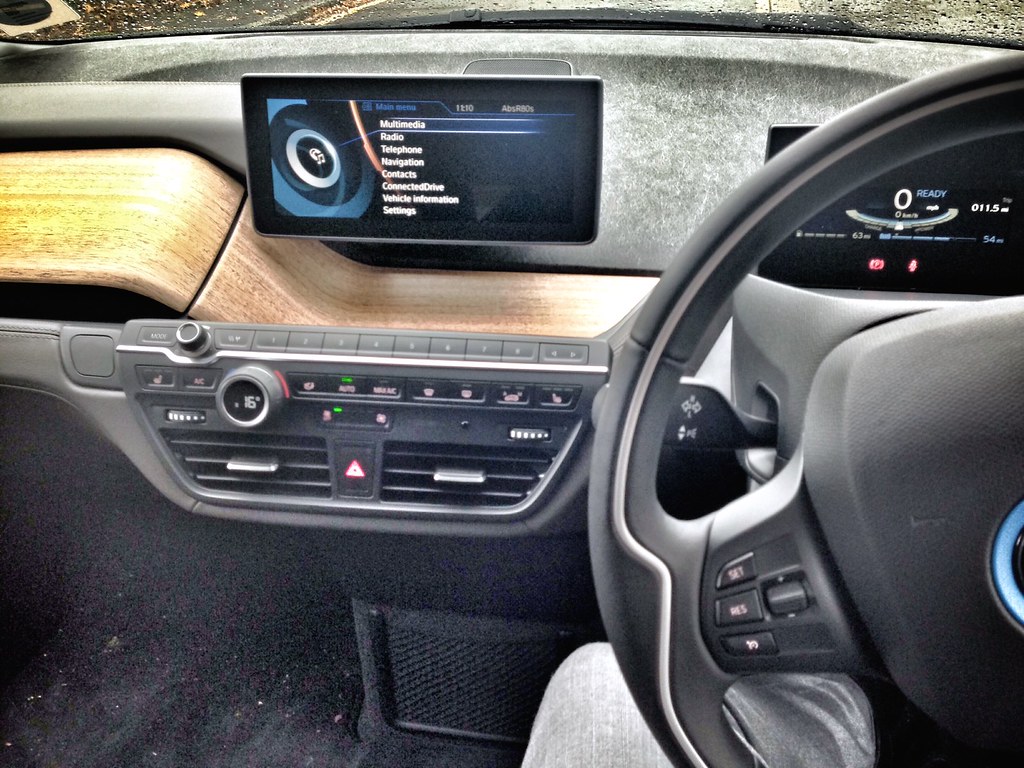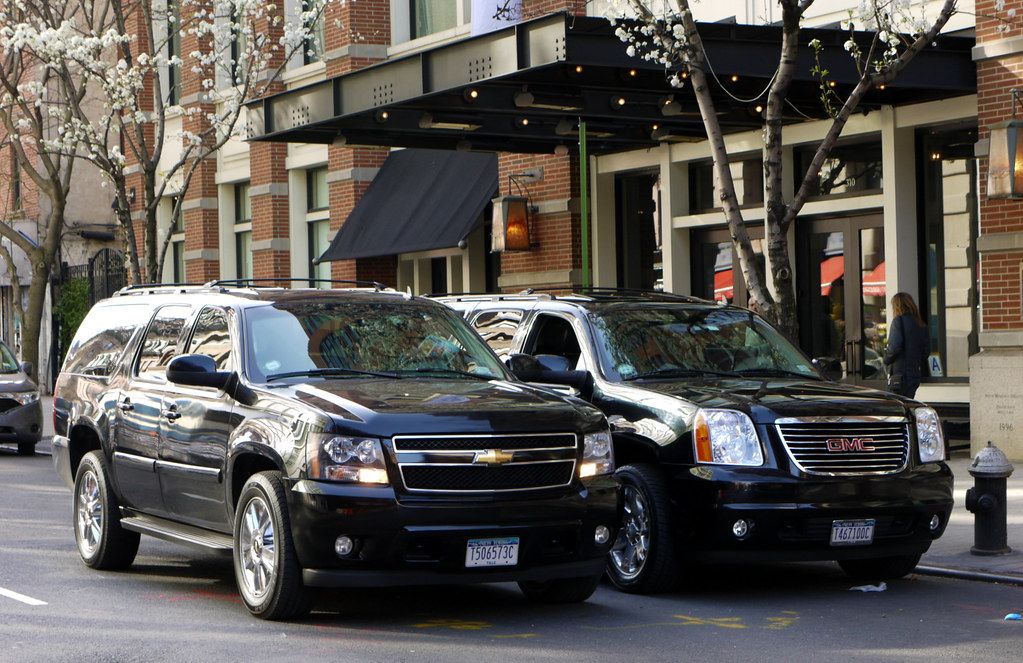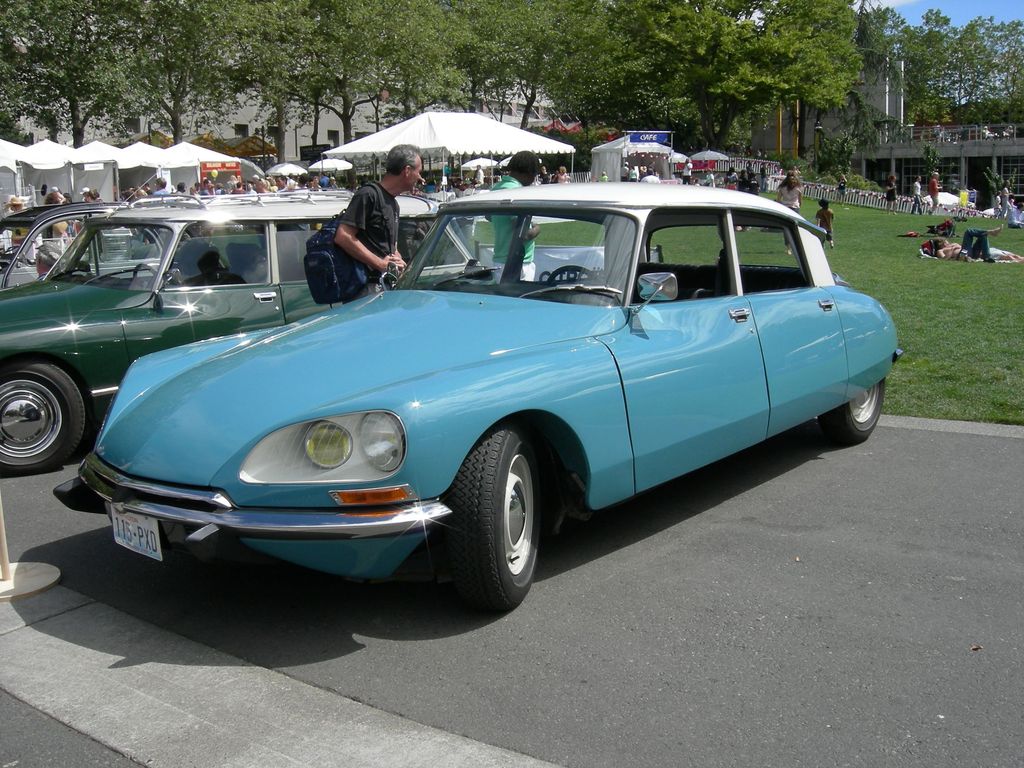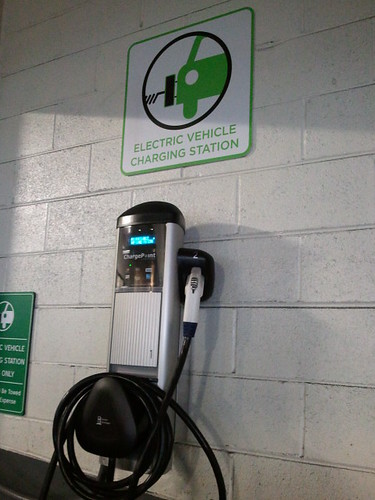
The vision for electric vehicle charging has always been one of seamless simplicity: pull up, plug in, and power up, just as easily as filling a gas tank. Next year, this ideal is slated to become a widespread reality for EV owners in North America, as the US Government’s Joint Office of Energy and Transportation recently announced a common framework designed to make ‘plug-and-charge’ commonplace. This monumental shift aims to finally put an end to the frustrating gauntlet of unreliable apps, forgotten RFID cards, and convoluted payment processes that have long plagued the public charging experience.
Yet, the road to this streamlined future has been anything but smooth. For years, the public charging network has been notoriously fractured, presenting a complex puzzle of differing hardware, conflicting software, and an array of payment systems that often leave drivers stranded or exasperated. While significant efforts are underway to harmonize these disparate elements, a deeper look reveals a landscape shaped by various approaches and standards that, for different reasons, have collectively contributed to the current challenges in achieving true universality.
In this deep dive, we’ll peel back the layers of the EV charging ecosystem to understand the foundational issues and unique paths taken by various stakeholders that have, until recently, defied a singular, cohesive charging standard. We’ll explore key examples of proprietary systems and fragmented practices that have shaped the current environment, examining how they have individually and collectively made the dream of effortless charging a complex technological and logistical challenge.
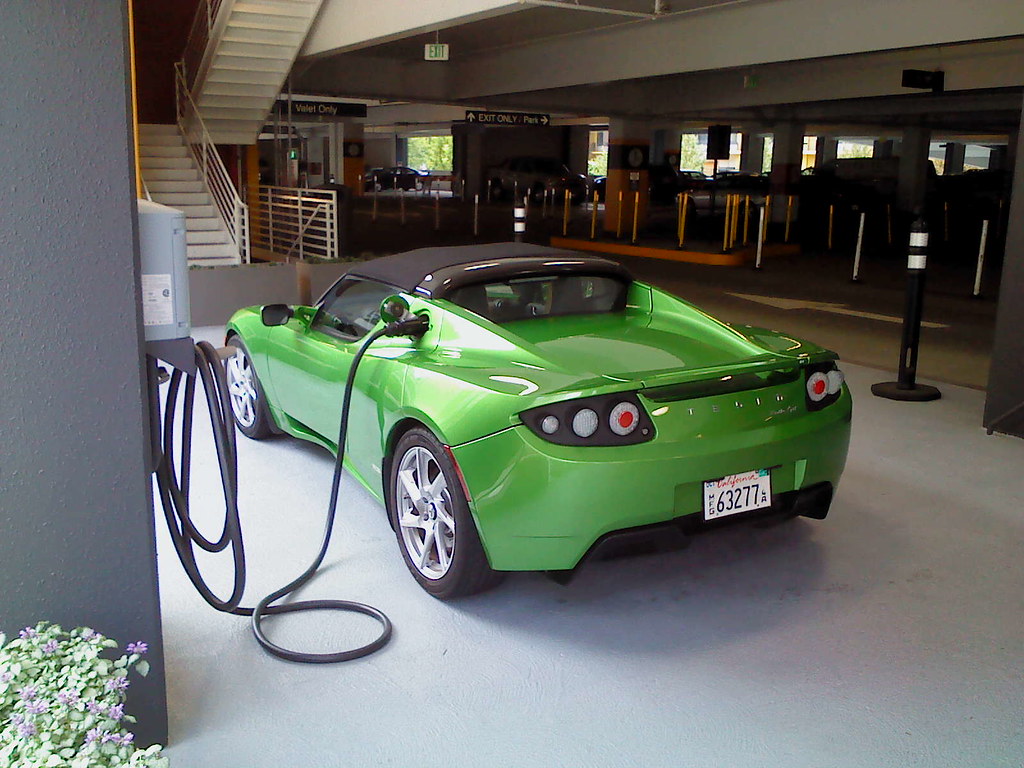
1. **Tesla’s Proprietary Supercharger Network: An Early Enigma**In the nascent days of electric vehicle adoption, when public charging infrastructure was sparse and unreliable, Tesla took a bold step: it created its own proprietary Supercharger network. This strategic move provided Tesla owners with a consistent, reliable, and uniquely seamless charging experience, allowing them to simply “plug in and walk away” long before any broader industry standard took shape. By controlling every element—from the physical connector to the backend software and payment—Tesla circumvented wider interoperability issues.
This self-contained ecosystem, while a massive advantage for Tesla drivers, simultaneously represented a significant divergence from the developing idea of a universal charging standard. While other automakers eventually gravitated towards standards like CCS1 for DC fast charging, Tesla’s NACS (North American Charging Standard) remained an exclusive club, accessible only to its own vehicles. This proprietary approach, though pragmatic for early growth, inadvertently reinforced the fragmentation of the charging landscape, creating a powerful, yet isolated, island of seamless charging within a sea of chaos.
However, times are changing. The Supercharger network’s success has proven its efficiency, leading to a monumental shift. A growing list of manufacturers are now able to use the Supercharger network, with NACS itself becoming a formalized standard (SAE J3400) and adopted by major automakers. This evolution highlights how what was once a proprietary “refusal” of existing standards has now become a de facto leader in the push for a new form of universality.
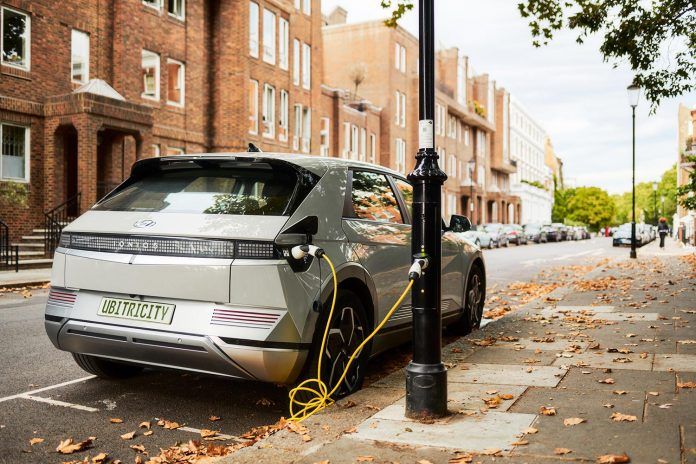
2. **The Fractured Public Charging Network: A Patchwork of Frustration**Beyond Tesla’s early network, the broader public charging infrastructure has historically been a labyrinth, characterized by a frustrating lack of cohesion. The context vividly describes this as a “frustratingly fractured” network, where the simple act of topping up an EV can become a genuine “rigamarole.” This fragmentation isn’t merely an inconvenience; it’s a significant barrier to widespread EV adoption, as drivers often face a bewildering array of disparate systems and requirements just to initiate a charge.
This patchwork nature stems from a lack of universal buy-in from the outset. Rather than coalescing around common protocols, countless charging providers, some “previously unknown,” have sprung up, each implementing their own unique solutions. This led to a landscape where various payment methods, sign-up processes, and authentication systems operate in isolation, rarely communicating effectively with one another or with diverse vehicles. The result is a user experience far from the seamless “plug-and-charge” ideal now being championed.
The challenge here is not just technological, but one of coordination and market maturity. Without strong guidance, the market evolved organically, with each player optimizing for their own systems rather than collective interoperability. While efforts like the SAE consortium and the Biden administration’s “Certificate Trust List Requirements” are now building a unified architecture, the legacy of this fractured development requires significant “buy-in from the growing number of charging service providers” to truly unlock a universal experience.
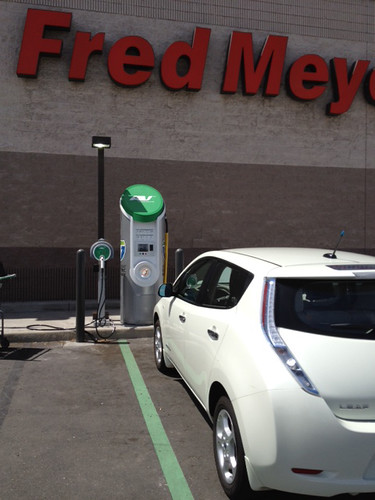
3. **The Persistence of Vendor-Specific RFID Cards and Key Fobs**In the early days of public EV charging, universality was often an afterthought, leading to the proliferation of highly specific, non-interoperable payment methods. Drivers frequently found themselves needing to carry a collection of “vendor-specific RFID cards or key fobs.” This archaic system, reminiscent of loyalty cards for gas stations, forced EV owners to accumulate physical identifiers, each tied to a different charging network or provider.
This reliance on proprietary access tools was a direct consequence of a lack of standardized payment and authentication protocols. Each charging operator developed its own closed-loop system, effectively compelling users to become members of their specific network to access stations. While these methods offered basic security, they created enormous inconvenience for drivers, fundamentally undermining any notion of a universal, hassle-free charging experience.
Even as the industry has slowly moved towards modern payment solutions, the context notes that “many charging operators still offer them.” This persistence of RFID cards and key fobs underscores a lingering resistance or slowness to adopt truly universal payment standards, like contactless bank card acceptance or the upcoming plug-and-charge framework. Their continued presence highlights how deeply ingrained non-standardized practices became, requiring sustained effort to transition away from these fragmented legacy systems.
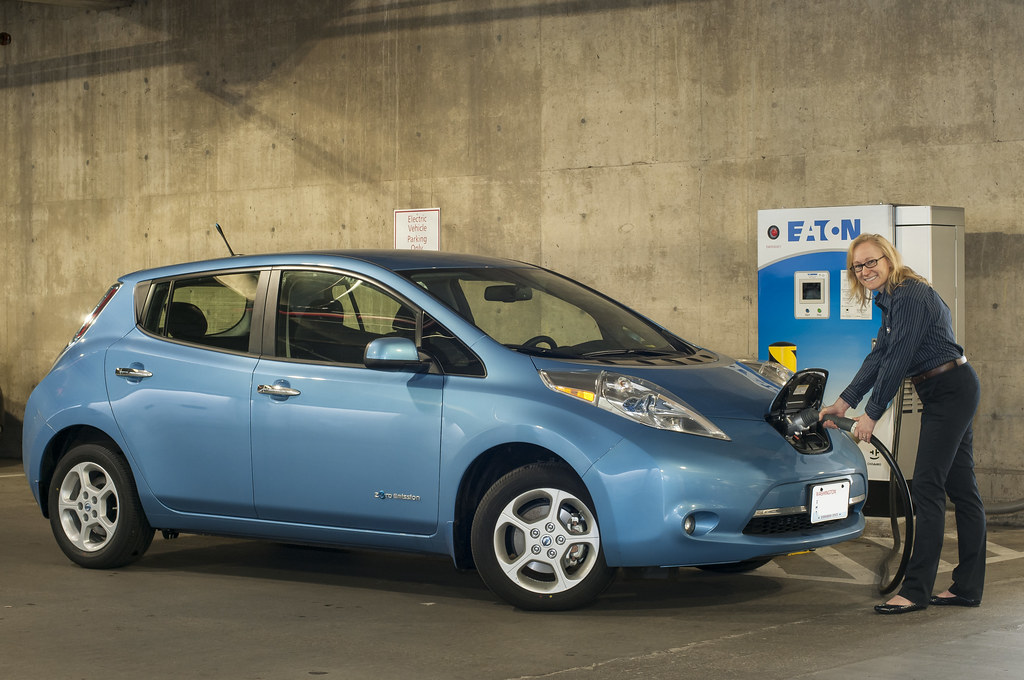
4. **The Frustration of Buggy and Confusing Smartphone Apps**As technology evolved beyond RFID cards, many charging providers pivoted to smartphone applications as the primary interface for initiating sessions. While this offered a digital alternative, it often traded one form of fragmentation for another, introducing new interoperability challenges and user frustrations. The experience, as the context describes, could quickly devolve into a “worst-case scenario,” requiring drivers to “signing up to an official app, adding bank details and hoping everything communicates. More often than not, it doesn’t go to plan.”
This proliferation of individual, network-specific apps has created its own “naughty list.” The text provides a vivid UK example where Mer UK, despite its monopoly, has “one of the most confusing processes of them all,” making it “sometimes impossible to end the charging session and disconnect your car” if the app is closed. Such anecdotes are common; the article mentions counting “those that don’t accept RFID cards or contactless payments, while others use an app that’s buggy, prone to crashing and massively confusing to navigate.”
The core issue here is a lack of standardization in the *software interoperability* layer, coupled with inconsistent app quality across numerous providers. While a single app for everything might seem universal, the reality is a fragmented ecosystem where each provider develops their own digital gateway. This digital disarray represents a significant barrier to a truly universal charging standard, where the ideal is a seamless process managed by the vehicle itself, rather than frustrating engagement with unreliable third-party applications.
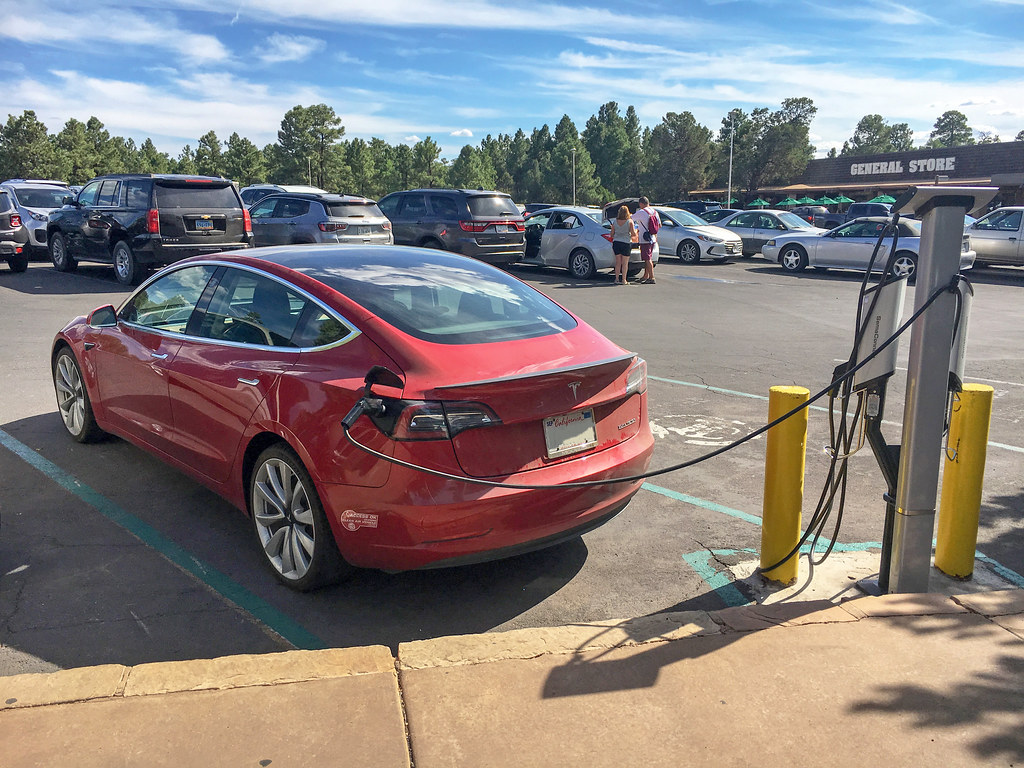
5. **The Glaring Absence or Failure of Contactless and Credit Card Payments**One of the most perplexing aspects of the fragmented EV charging landscape has been the inconsistent adoption, or outright failure, of basic, universally accepted payment methods like credit and debit cards. In an era where contactless payments are ubiquitous, the public EV charging industry has lagged, forcing drivers into proprietary payment loops. The Wall Street Journal’s Joanna Stern’s experience in Los Angeles, where “nearly 10 percent of the 120-plus chargers… failed to accept her credit card,” paints a stark picture. Even when stations *are* equipped, the failure rate can be alarmingly high.
The context highlights that “many EV charging stations deployed in the early days of the industry required drivers to carry vendor-specific RFID cards or key fobs.” While government mandates have “increasingly pushed charging networks away from these proprietary methods and toward accepting credit and debit cards,” the challenge of “retrofitting stations to use those payment methods comes with its own difficulties.” This indicates a reluctance or difficulty from operators to invest in upgrading existing infrastructure to meet evolving universal payment expectations.
This widespread issue directly contradicts the core tenet of a universal charging standard, which should encompass effortless and widely accepted payment options. The inability to rely on a standard bank card for payment—a norm at gasoline pumps for decades—creates a significant hurdle for EV drivers and reinforces the perception of EV charging as an overly complicated process. Until such fundamental payment universality is reliably delivered, the vision of a seamless “plug-and-charge” future remains elusive for many.
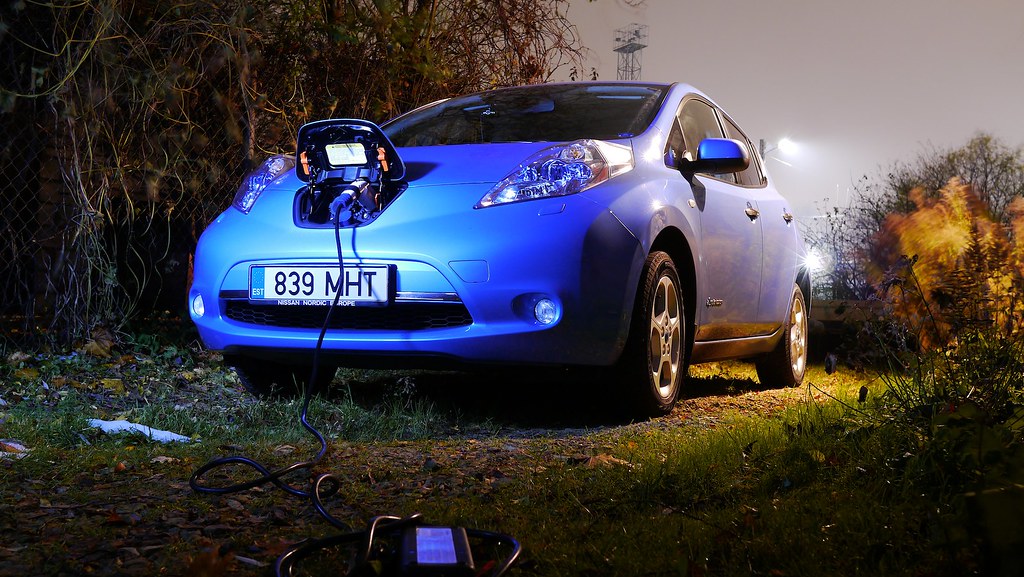
6. **The Proliferation of Proprietary Authentication Systems**Beyond physical plugs and payment methods, a crucial layer of non-universality has long existed in the digital handshake between EVs and charging stations. The context explicitly states that “automakers and charging companies are using their own authentication systems, which then have to communicate with the vehicle via a digital “handshake” before charging begins.” This proprietary authentication process, while priming the car for charging and typically requiring a payment deposit, is a fundamental example of how the ecosystem has resisted a truly universal approach from its underlying technological architecture.
Each distinct authentication system requires a specific communication protocol and software integration, leading to a complex web of incompatibilities. When a vehicle from one manufacturer attempts to charge at a station operated by a different company, these proprietary systems must somehow align, a process often prone to failure. This “massive coordination problem,” as described by Erika Myers of CharIN, involves “getting EV chargers that are built by different manufacturers, operated by different charging network providers and using software from scores of different companies, to work smoothly with EVs built by automakers from around the world.”
The drive towards the new ‘plug-and-charge’ framework, built on the international standard ISO 15118, is specifically designed to overcome these proprietary hurdles. By establishing a “Certificate Trust List Requirements” and storing payment methods directly within a vehicle’s infotainment system, this new protocol aims to standardize the digital handshake, eliminating the need for disparate authentication systems. The very existence and necessity of this new framework underscore the historical challenges posed by each company’s decision to develop and deploy its own, non-universal authentication methods.
Read more about: Navigating the Future: Remote Work Trends Reshaping Business Through 2030 and Beyond
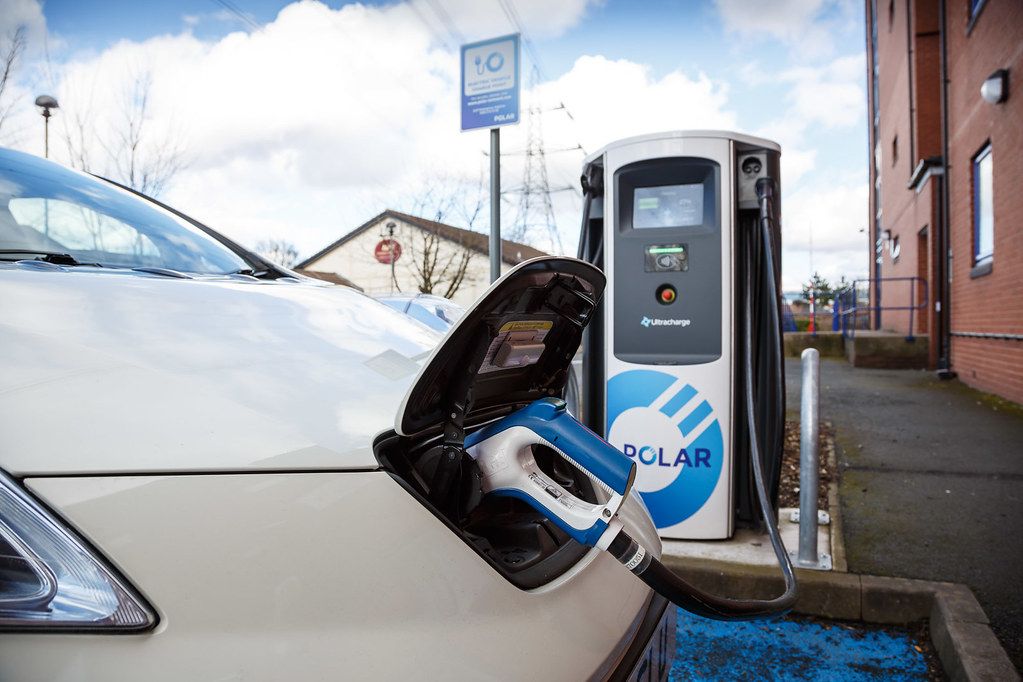
7. **The Proliferation of Diverse Global Physical Connectors: A World Divided**Beyond the North American landscape, the quest for a truly universal EV charging experience hits another major roadblock: a global patchwork of physical connectors that have, by their very existence, tacitly “refused” to coalesce around a single standard. While the U.S. and Canada are rapidly consolidating around SAE J1772, CCS1, and now increasingly NACS/SAE J3400, other major global markets have charted their own distinct paths. This regional fragmentation means that a charger perfectly suitable for an EV in Berlin won’t necessarily communicate with or physically connect to a vehicle manufactured for the Beijing or Tokyo markets, creating a significant barrier to international interoperability and the seamless EV travel many drivers envision. It’s a fundamental divergence that highlights differing regulatory priorities and industry alliances across continents.
In Europe, the charging ecosystem is largely defined by the IEC 62196 Type 2 connector, commonly known as the “Mennekes” plug, which has become the mandated standard for AC charging across the continent. Its DC fast charging counterpart, CCS2, builds upon this foundation, allowing for up to 350 kW at high-power sites. These standards, often bolstered by EU directives, have successfully created a harmonized regional charging reality, making cross-brand charging straightforward for drivers within Europe. However, this robust regional uniformity simultaneously acts as a distinct standard that remains incompatible with the primary connectors found in North America, necessitating specific adapters for transatlantic travelers and preventing true global plug-and-play functionality.
Adding another layer of complexity, the Asian markets have carved out their own unique charging identities. China operates under its national GB/T 20234 standard, which governs both AC and DC charging. This standard is characterized by its unique pinouts, making it inherently incompatible with the connector types prevalent in North America or Europe. Meanwhile, Japan, a pioneer in EV technology, continues to utilize the J1772 standard for AC charging but has historically leaned on CHAdeMO for DC fast charging. While CHAdeMO’s global footprint is shrinking, its enduring presence in Japan underscores a sustained commitment to a distinct standard.
Each of these regional choices, while perhaps optimizing for local manufacturing capabilities or early market adoption, collectively represents a powerful “refusal” to conform to a single global plug standard. This isn’t a deliberate act of defiance by a single brand but rather the outcome of disparate evolutionary paths taken by entire regions and their leading tech players. The consequence is a sustained challenge to achieving a truly worldwide universal charging solution, where the sheer diversity of physical interfaces continues to impede the dream of effortless, ubiquitous EV power-ups, forcing drivers and infrastructure providers alike to navigate a multi-standard world.
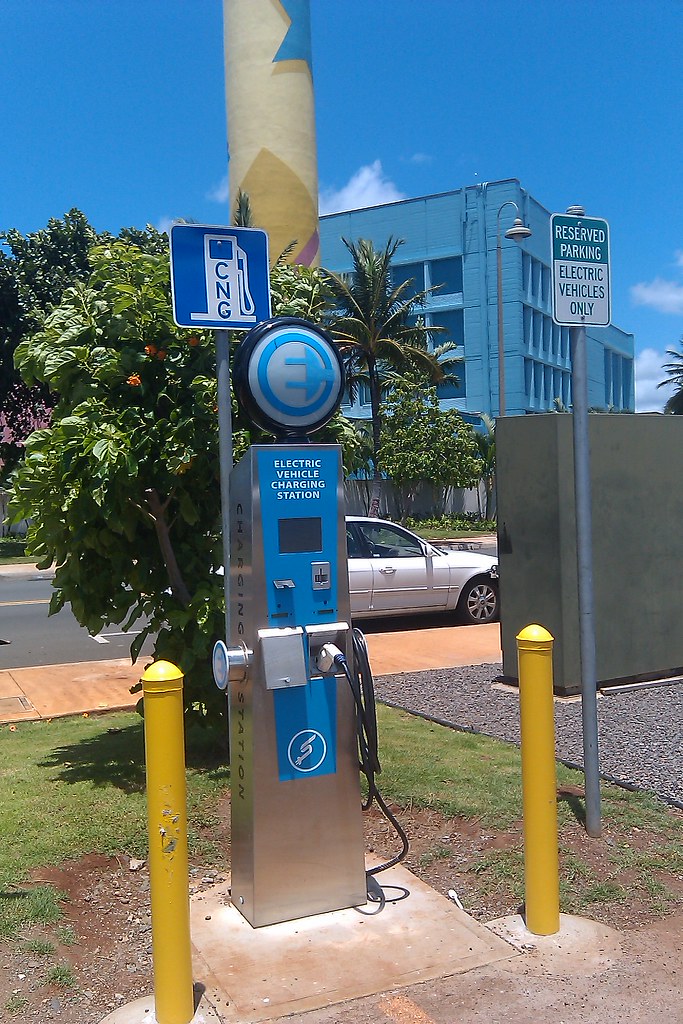
8. **The Lingering Challenge of Legacy CHAdeMO and its Fading Presence**Among the diverse array of global connectors that contribute to the non-universal charging landscape, CHAdeMO represents a significant, albeit diminishing, piece of the puzzle. This DC fast-charging standard, primarily championed by Japanese automakers like Nissan in the early days of widespread EV adoption, served a crucial role in establishing initial fast-charging capabilities when public infrastructure was still nascent. Its distinctive, larger plug shape became synonymous with rapid charging for a generation of EVs, forging a unique path separate from the Combined Charging System (CCS) that gained traction in European and North American markets.
However, the industry’s relentless march towards consolidation has placed CHAdeMO in a precarious position. The context clearly indicates its declining influence, describing it as “once common for Japanese brands, but fading as new models switch to CCS1 or NACS.” This transition underscores a broader industry pivot away from unique, proprietary-adjacent standards towards more globally recognized and interoperable alternatives. For drivers of older models or those navigating regions where CHAdeMO remains prevalent, its distinct plug type still necessitates specific infrastructure, actively preventing the kind of truly universal plug-and-play experience that the wider industry is now striving for.
The core challenge with CHAdeMO isn’t just its physical distinction; it also highlights the inherent inertia of established technologies and the difficult balance between supporting legacy users and driving future standardization. Even as the broader EV ecosystem pushes for greater commonality, the installed base of CHAdeMO-equipped vehicles and charging stations demands ongoing operational support. This creates a complex, dual-standard problem where, for a significant transitional period, both the legacy CHAdeMO and the emerging universal standards (like CCS and NACS) must coexist. Such fragmentation adds layers of complexity for both drivers and infrastructure providers, slowing down the overall pace of achieving truly seamless charging.
Ultimately, CHAdeMO’s gradual phasing out is a testament to the industry’s slow but determined move towards broader connector commonality. Yet, its lingering presence serves as a potent reminder of how deeply ingrained non-universal practices became in the formative years of EV development. While a universal future is on the horizon, the continued need to accommodate a fading, yet still functional, standard illustrates the profound coordination challenges inherent in standardizing a rapidly evolving global technology.
Read more about: Miles of Misery: 14 Vehicles Drivers Can’t Wait to Ditch
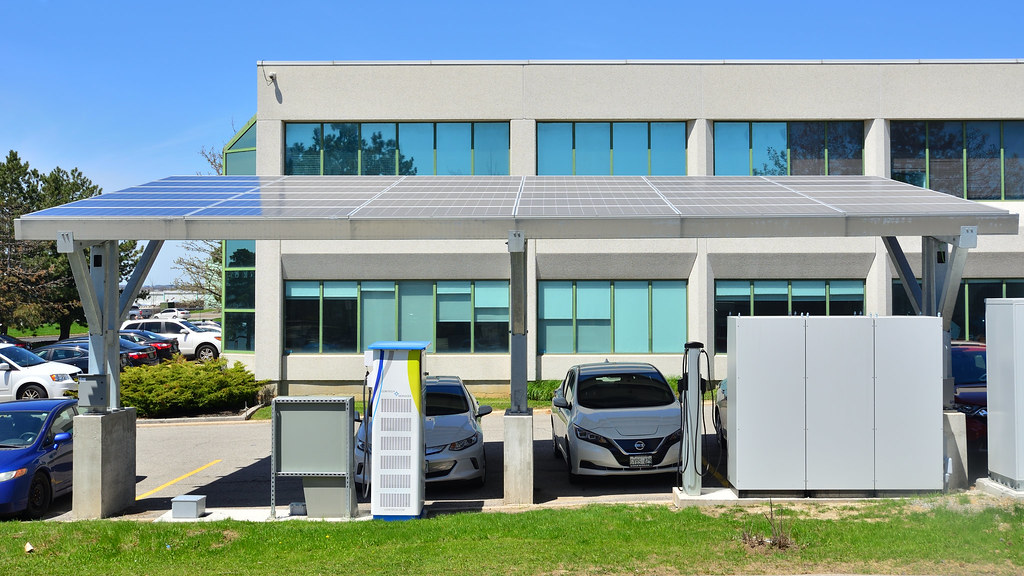
9. **The Shortcomings of Open Charge Point Protocol (OCPP) 1.6 in Diagnostics: A “Get-Out-of-Jail-Free Card”**
Beyond the physical connectors, the digital “handshake” between an EV and its charger is governed by communication protocols, and here too, a significant lack of comprehensive standardization has created persistent friction. A prime example lies within the Open Charge Point Protocol (OCPP), a commonly used open-communications standard. While widely adopted across Europe and North America for managing data on charger uptime, status, and performance, its most commonly used version, OCPP 1.6 (first released in 2015), harbored a crucial flaw: a profound lack of granular diagnostic capabilities.
Julian Offermann, CEO of S44, critically highlighted this deficiency, pointing out that instead of providing system operators with a detailed “menu of error codes,” OCPP 1.6 offered only a single, generic “error” message. This severe limitation meant that when a charging session failed, operators were often left entirely in the dark, unable to pinpoint the specific cause. Such an opaque diagnostic environment makes effective troubleshooting, rapid repairs, and proactive maintenance incredibly difficult, directly contributing to the unreliability that has plagued public charging networks.
This deficiency effectively granted charging system manufacturers and network operators a “get-out-of-jail-free card,” as candidly described by John Smart of the ChargeX Consortium. Each manufacturer subsequently developed its own proprietary methods for detecting internal component failures, creating a labyrinth of unique error messages that defied any standardized reporting format. The outcome was a further fragmentation, not of physical plugs, but of critical diagnostic data, hindering efficient problem resolution across the ecosystem. This historical oversight in protocol development essentially “refused” to establish a truly universal standard for error reporting, prolonging the difficulties in maintaining charger trustworthiness.
While the latest version of the standard, OCPP 2.0.1, formally released in 2020, actively corrects this problem by incorporating an expanded set of error codes, its implementation faces significant hurdles. Crucially, OCPP 2.0.1 is not “backward-compatible” with the older version, creating complexities and costs for operators seeking to update existing networks. This technical impediment, combined with the “latitude given to the charging station operator about how they choose to report their error[s],” showcases how an early oversight in a foundational protocol can have lasting impacts on universal interoperability and reliability.
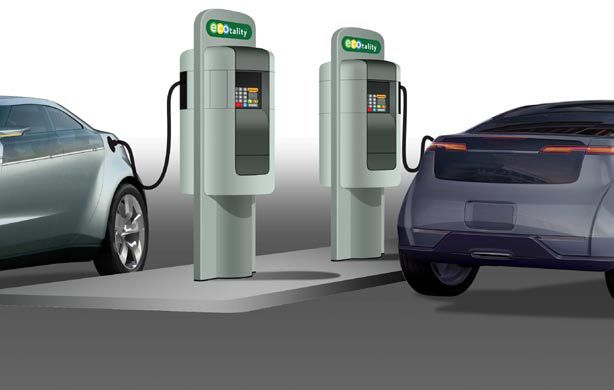
10. **The Necessity and Complexities of Charging Adapters: A Bridge to a Fragmented Future**The very existence of a thriving market for charging adapters is a stark, tangible reminder that a truly universal EV charging standard remains an elusive goal. These ingenious, yet often problematic, devices serve as crucial physical bridges, allowing vehicles to connect to stations they wouldn’t natively interface with. Their pervasive necessity inherently underscores the ongoing fragmentation of the charging landscape, introducing not only an extra layer of complexity and cost for drivers but also potential safety concerns that demand careful consideration. It’s a testament to the fact that while the industry pushes for commonality, many ‘brands’ and systems initially went their own way, forcing the creation of these stop-gap solutions.
Various adapter types have emerged to cope with this diversity, each addressing a specific incompatibility created by divergent standards. For instance, a J1772-to-NACS adapter allows non-Tesla vehicles to utilize Tesla Destination Chargers for Level 1 and 2 AC charging. These AC-focused adapters do not enable access to Tesla Superchargers or DC fast charging without a more complex, high-power counterpart. Similarly, CCS-to-NACS adapters are now emerging as a critical component, enabling CCS1-equipped vehicles to access the rapidly expanding NACS (Tesla) DC fast charger network. These particular adapters are not trivial accessories; they are high-power devices requiring sophisticated embedded communication protocols for safe operation and consequently come with a significant price tag.
Beyond the North American context, adapters are equally essential for international travel. A Type 1-to-Type 2 adapter, for example, becomes indispensable for North American EVs venturing into Europe, bridging the gap between distinct regional AC standards. Even within niche legacy markets, adapters like CHAdeMO-to-CCS exist, allowing older Japanese models to tap into newer DC fast chargers, though these often limit output for safety, typically capped at 50 kW. The core message is clear: if a universal standard truly existed, these numerous, specialized adapters would simply not be necessary.
The complexities of adapter use extend far beyond mere physical fit. Drivers must contend with critical operational limitations, including the absolute necessity of checking that the adapter’s maximum power rating safely matches both their vehicle’s acceptance rate and the charging station’s output. Overloading an adapter can lead to severe consequences, from overheating to potential damage to the vehicle’s delicate charging system. Crucially, modern DC adapters require active support for complex communication protocols like Power Line Communication (PLC) for CCS or CAN bus for CHAdeMO; without this, charging may not even initiate, let alone be conducted safely. Furthermore, considerations such as robust thermal management, adherence to strict safety certifications, and even specific network rules or vehicle-specific compatibility are all vital considerations that profoundly complicate the user experience.
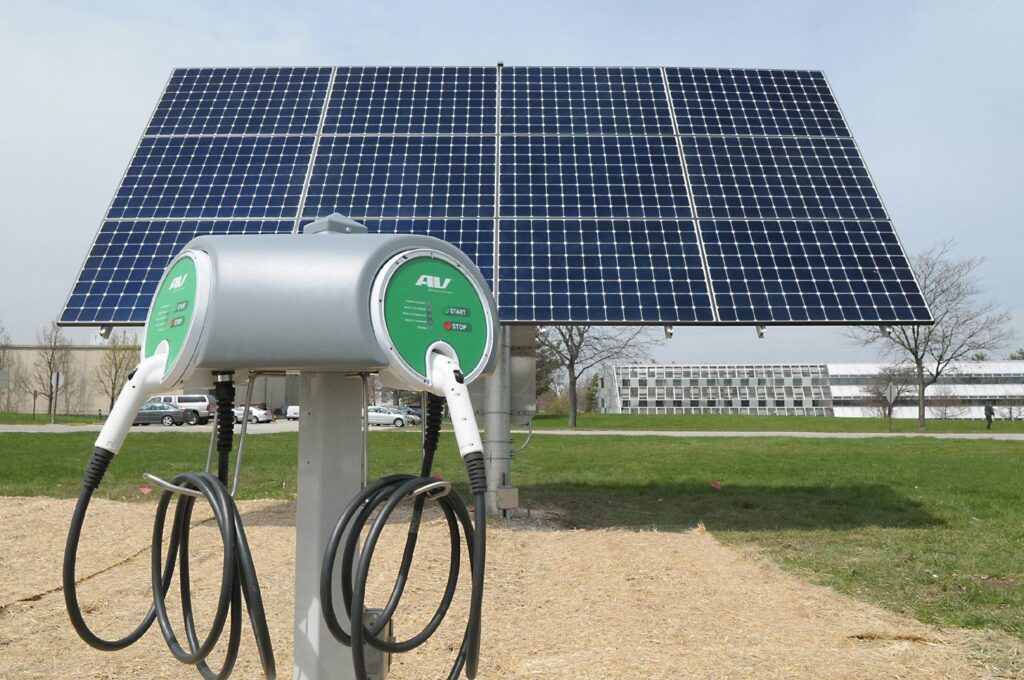
11. **The Enduring “Massive Coordination Problem” in Software Interoperability: The Last Frontier**Ultimately, the quest for a truly universal EV charging standard boils down to what Erika Myers, the executive director of CharIN, succinctly articulated as a “massive coordination problem.” This isn’t just about the shape of plugs or the mechanisms of payment terminals; it’s about the intricate digital ecosystem where countless different manufacturers, network providers, and software developers must somehow align their technologies to deliver a consistently smooth, reliable charging experience. It’s a systemic challenge that transcends individual brand decisions, representing a collective “refusal” to adopt a single, unified approach to software-driven interoperability from the ground up, forcing an uphill battle for seamlessness.
The core of this problem, as Myers elaborated, lies in the monumental task of “getting EV chargers that are built by different manufacturers, operated by different charging network providers and using software from scores of different companies, to work smoothly with EVs built by automakers from around the world.” This fundamental disconnect at the software layer manifests in numerous practical frustrations. For instance, John Smart of the ChargeX Consortium pointed out the glaring absence of a “well-developed structure for creating and sharing common diagnostic information” between chargers and vehicles, leading to diagnostic black holes when problems arise.
The current reality is inherently unscalable: “every charger must be tested with every vehicle to prove interoperability.” This labor-intensive, often-failing process is a direct consequence of an industry that, for too long, allowed disparate software architectures to flourish independently. Even as the new ‘plug-and-charge’ framework, built on the international standard ISO 15118, promises a more streamlined “digital handshake” by storing payment methods directly within a vehicle’s infotainment system, its widespread adoption still requires significant “buy-in from the growing number of charging service providers.” The very necessity of such a framework highlights how deeply ingrained proprietary authentication systems and software practices became.
The path to overcoming this truly universal interoperability challenge lies in aggressive, industry-wide adoption of standardized communication protocols and a consensus on common diagnostic technologies. Federal initiatives, such as the NEVI program, are attempting to catalyze this shift by attaching strict requirements for standards-based technologies to funding. However, the sheer scale of the existing, fragmented infrastructure, coupled with the rapid pace of technological innovation, means that achieving seamless, globally interoperable software remains a monumental undertaking. This enduring coordination problem represents the ultimate collective “refusal” of a single, unified approach by the aggregate complexity of an evolving, multi-stakeholder industry.
The journey towards truly universal EV charging is clearly a marathon, not a sprint, and while the finish line is in sight, there are still significant miles to cover. The progress, especially with the monumental push for NACS as SAE J3400 and the implementation of Plug & Charge, is undeniable and exciting. Yet, the persistent legacy of fragmentation—across diverse global physical connectors, the lingering presence of legacy standards like CHAdeMO, the critical shortcomings in communication protocols like OCPP 1.6 diagnostics, the ever-present need for complex adapters, and the overarching “massive coordination problem” in software interoperability—continues to present formidable hurdles. As drivers demand simpler, more reliable, and truly seamless charging experiences, the collective efforts of governments, influential industry consortia, leading automakers, and innovative charging manufacturers are not just beneficial, but absolutely crucial. The future promises a landscape where plugging in is as effortless as filling a gas tank, a vision that moves beyond mere convenience to unlock the full potential of electric mobility. But getting there requires an unwavering commitment to robust, open standards that transcend regional divides and proprietary walls, ensuring that no tech “brand” or system can flat-out refuse the tide of universality for much longer, and the entire ecosystem can finally charge forward, together.

